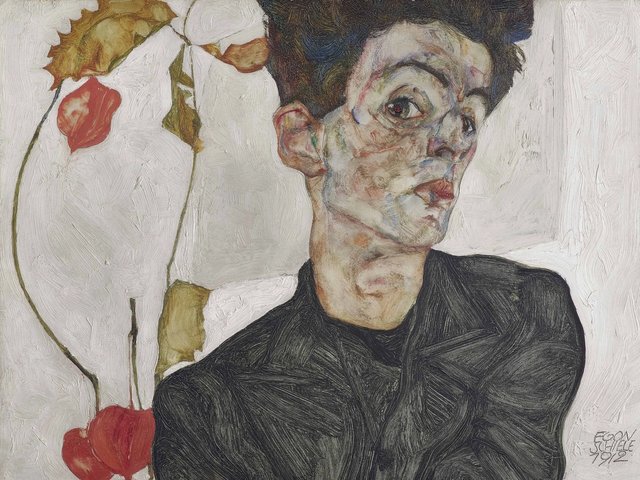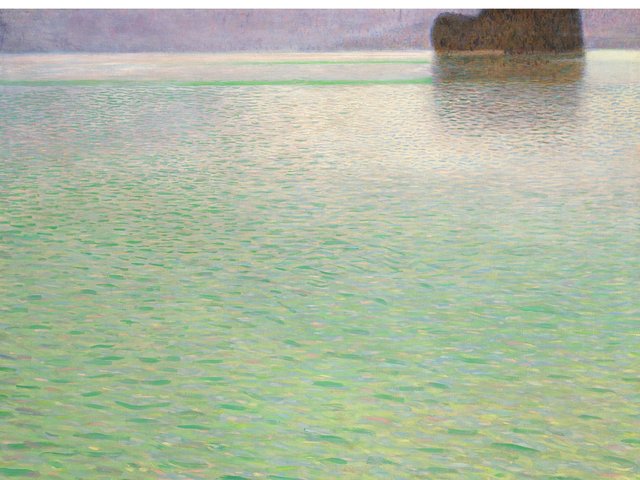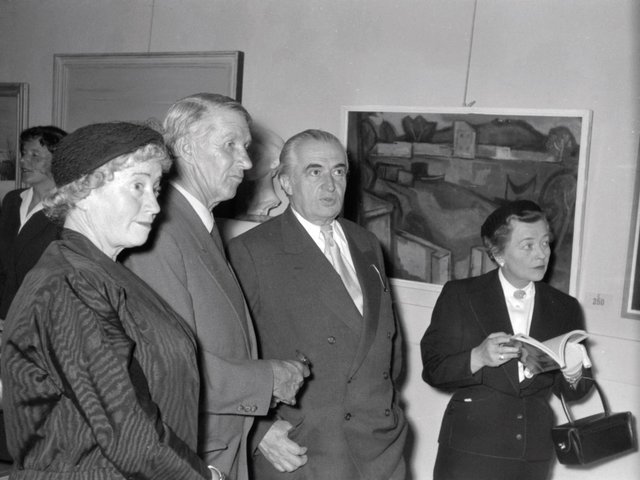Hildegard Bachert is too busy this week to formally celebrate her 75th anniversary at the Galerie St Etienne in New York, where she began working on 4 November, 1940. While she has enjoyed the calls and messages of congratulations, Bachert seems more concerned about doing what she has done for the past three-quarters of a century—passionately promoting German and Austrian Modern and Expressionist art, the gallery’s specialty. A self-described “great champion of Paula Modersohn-Becker”, she calls the gallery’s current show on the German artist (unitl 12 March 2016), one of her favourites.
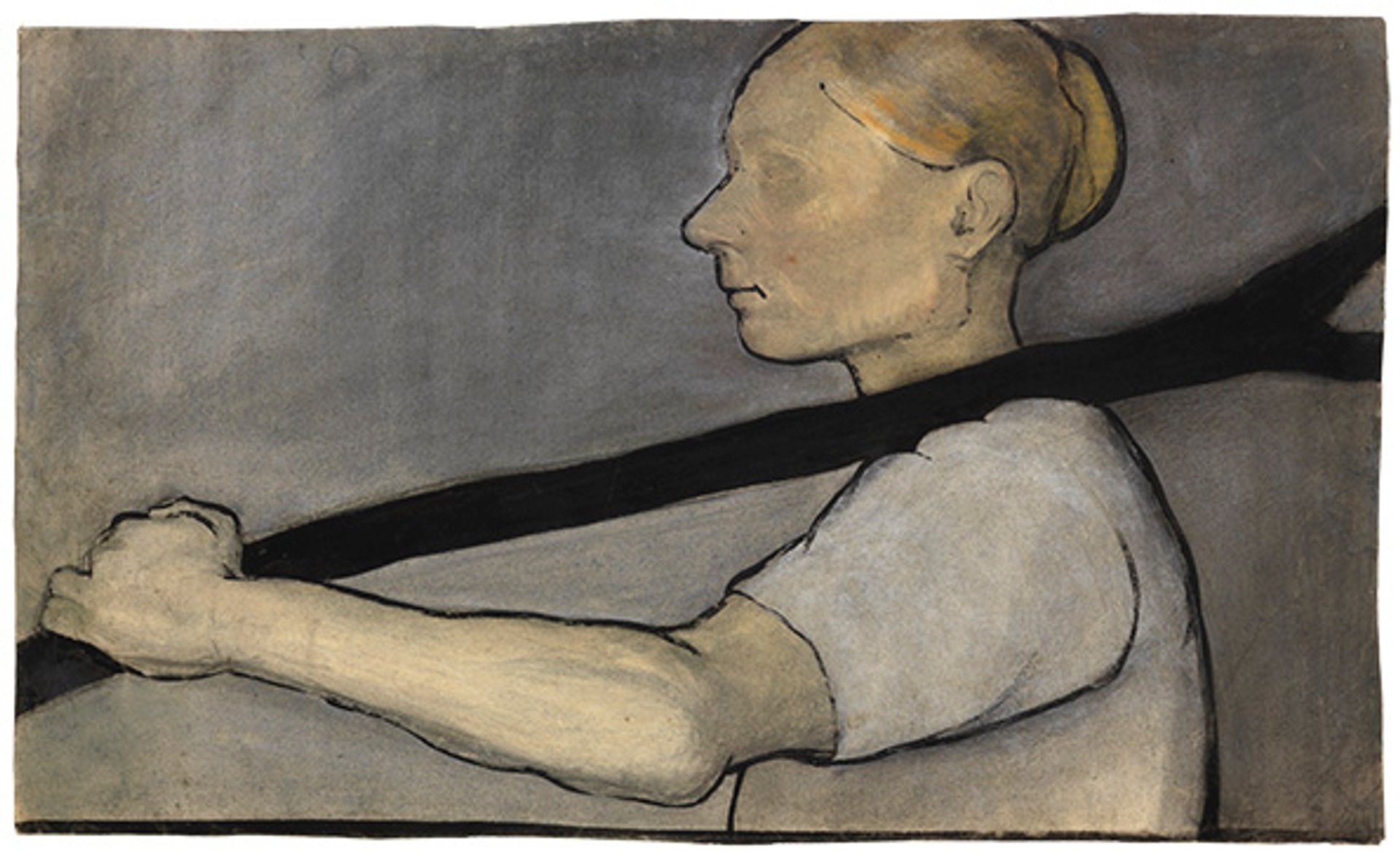
Bachert was a young immigrant who had escaped Nazi Germany when she persuaded Otto Kallir, the gallery’s founder and owner, to give her a job by promising him English lessons. She has served as the gallery’s co-director with Otto’s granddaughter, Jane Kallir, since 1979. Bachert’s career has included working with Grandma Moses and testifying in the landmark restitution case of Egon Schiele’s Portrait of Wally.
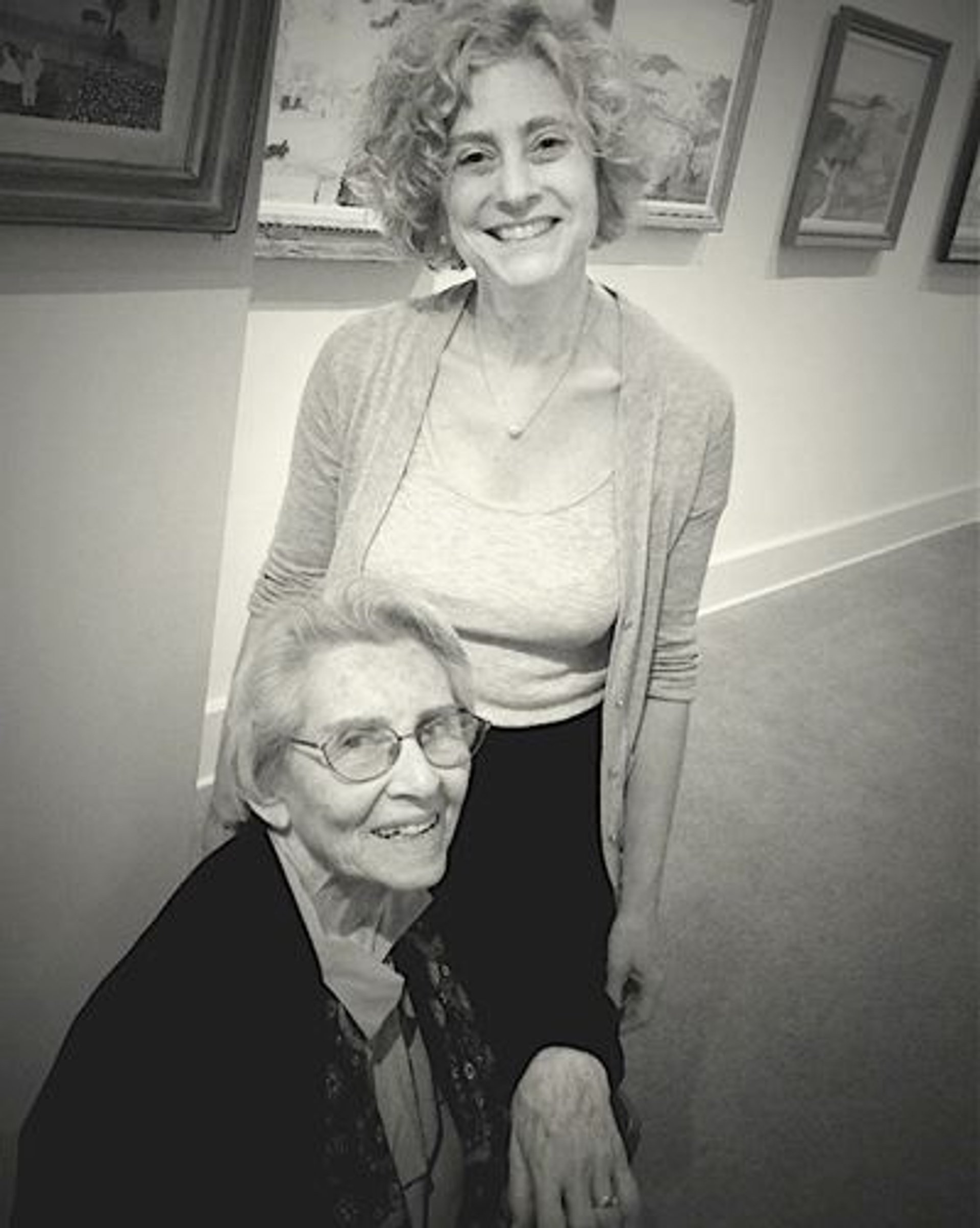
When asked was is the most rewarding moment of her career, Bachert quips: “In 75 years, it would be sad if I just had one.” But she did recall two that stood out. One was the Museum of Modern Art’s Vienna 1900 show, held in 1986. “When I walked to 53rd Street to attend the opening of that show, I thought ‘Our work [promoting Modern Austrian art] has borne fruit’,” she says. The other occurred just yesterday, when she saw a Schiele watercolour from the Kallir’s family collection on the cover of the German art magazine Weltkunst. “That’s why I’m still working here,” she says of such moments.


